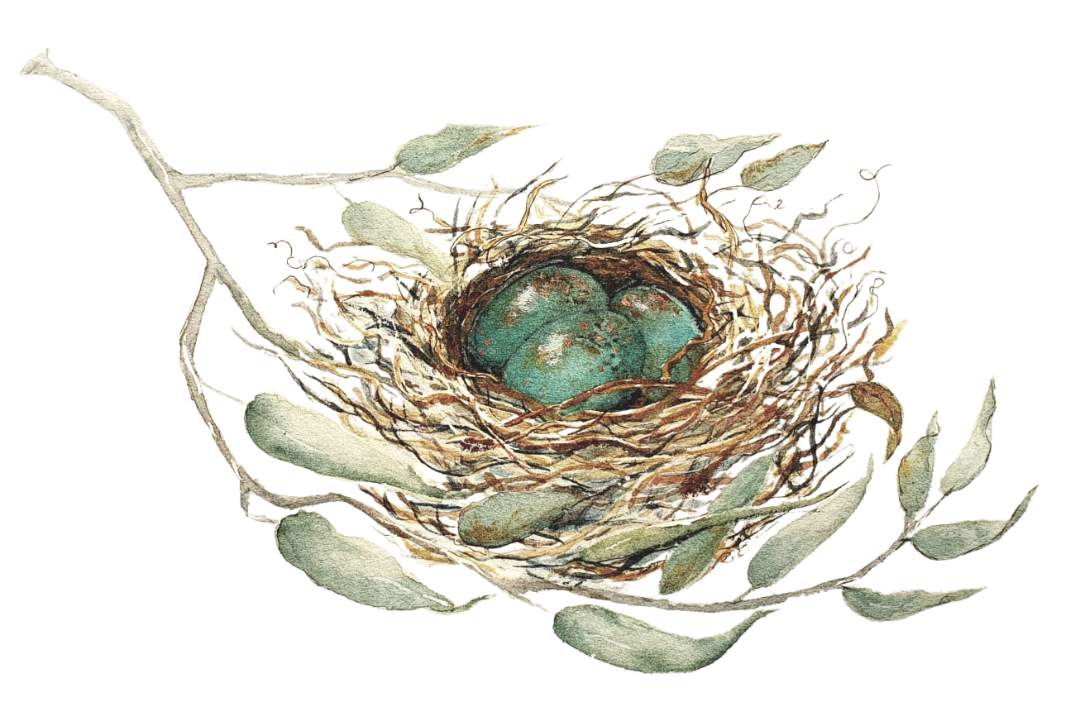Nature and Art Therapy
Nature Therapy
Nature therapy is an evidence-based form of therapy founded on the understanding that we are all deeply connected to our natural environment. Strengthening this connection can bring balance to our lives and significantly improve our mental health. Nature therapy can be applied in many ways, from ‘forest bathing’ to gardening to animal-assisted therapy.
My work with nature began in 1985 when I would take children out on adventures in urban parklands and local bush. Long before the term ‘Nature Therapy’ was coined I explored the bushlands, wetlands, and coastal areas of Perth, developing programs that introduced children to the natural world.
Parents would often ask, ‘Where did you take my kids? They returned full of wonderment and awe.’ Usually, it was just around the corner or less than 30 minutes away! Many of the kids had never had such encounters. The best part of my work was to open their eyes to see the mystery and magic of nature in their neighbourhood.
Once, at a winter lake, we found a long-neck tortoise emerging from summer hibernation under the mud. A young boy reached out gently to touch it, whispering, ‘it looks like a baby dinosaur!’
Nature Deficit Disorder has become a very real mental health issue for children, becoming more apparent during the Covid pandemic – onscreen time has almost doubled in this time!
Additionally, many children under the age of 10 use social media which can be linked to poorer mental health and greater stress in children and adolescents. Now more than ever, the connection to nature is what we and our children need.
At InspireArt Garden Studio I combine art therapy and nature to create a unique experience – a gentle rewilding and opening of the eyes to the beauty and healing power of nature.
“Art and nature can help us untangle complex emotional knots and discover ourselves in the process.”
Art Therapy
In art therapy, we use the creative process to reach, teach, heal and grow ourselves in ways traditional counselling techniques (i.e., talking!) can’t always achieve. Art may be non-verbal, but this quality is essential when we can’t find the words to express an experience or emotion.
Creating art is a joyful experience when we learn to do it without judgement – children are wonderful at this! Throughout my years of teaching visual art to children, I have seen how creating freely builds their confidence, self-awareness, independence, communication skills and practical skills.
Being sensory-based, art therapy can help children learn to self-regulate, instilling a sense of calm, safety and quiet as they create. It can be especially beneficial for autistic children, improving their emotional regulation, sense of self, and fine motor skills. Combine art-making with the wonderment and inspiration of discovering nature, and you get a beautiful outcome!
An art therapy session can take a variety of forms for groups or individuals. In each session, the emphasis lies on the process, not the end product. We use metaphor, symbolism and play to increase self-awareness and to help process challenging thoughts and experiences.
Individual sessions can provide a safe, quiet space to explore emotion and build self-esteem. Other people may thrive in a group environment, where cross-inspiration and relationship building is encouraged. It all depends on the individual’s needs – but everyone can benefit from creating art!





